The Critical Bridge Between Engineers, CRE
Engineers must combine technical and business savvy with extensive knowledge of real estate finance in order to manage the risk-return balance, optimize efficiency and resiliency or generate value from long-term investments, says Joe Derhake, who leads Partner Engineering and Science, a national environmental and engineering due diligence consulting firm.
By Joe Derhake
Commercial real estate success is driven by merging engineering technical knowledge with financial and business expertise. Buildings continuously age and interface differently with communities, mechanical systems atrophy and building configurations become obsolete as technology changes, requiring retrofits to meet current needs. To underwrite positive investment returns, engineers working in commercial real estate must fundamentally understand buildings and their broader functional purpose. Combining architectural and engineering report data with investors’ knowledge of market demand is the true art of the real estate business.
Responsive Design
In commercial real estate development, engineering translates how obsolescence and technology drive consumer behavior and demand. Return on investment depends critically on foreshadowing and adjusting to these demographic changes through corresponding building design. Future transportation will include driverless cars, ubiquitous e-commerce delivery and commuting hubs. Civil engineers should factor in population shifts and living patterns into everything from building locations, layout, function and sustainability. Basic understanding of how the retail landscape is changing due to the rise of e-commerce and the contraction of brick-and-mortar spaces will influence changes in spatial requirements of new showrooms, strategizing retail locations and how to best integrate warehousing and industrial spaces.
Maximizing function
On a more granular level, engineers channel problem-solving applications towards maximizing function. In the commercial real estate world, this means strategically allocating costs within the life cycle of an asset’s business plan. Assuming average capital reserves is fine, but most buildings are not average, and costs can be very lumpy. Moreover, the current climate encourages long-term investment strategies and institutional property investment. Due diligence, environmental consulting, remediation and building engineering helps investors and owners mitigate risk, while improving building performance and increasing revenue. Staying up to date with codes, regulations, laws and initiatives helps implement optimal services for the life cycle of a building, from development to maintenance to renovation.
For mechanical systems, energy inefficiency often happens before failure. Optimizing mechanical, electrical, plumbing and other building systems has many benefits, including reductions in energy consumption, LEED certification, generation of revenue and long-term building stability for occupants. Understanding the intricacies of retrofitting and improving existing structures and developments is especially helpful for downturns, competitive real estate markets and repurposing buildings for dual uses, such as industrial applications in office buildings. Upgrades of Class B and C buildings and rehabilitation of brownfields sites require compliance with federal and state regulations, in addition to integrating meticulous environmental remediation and building construction design. Tapping into the vast knowledge base of engineers for the latest industry trends and structural standards can give properties a financial edge in a competitive marketplace.
Sustainability matters
Finally, building resiliency is a significant future issue. Forty percent of the United States’ population lives in coastal zones, which are vulnerable to damage from natural disasters, including earthquakes and storms. Long-term forecasts by lenders, investors and owners are taking resiliency ranking into account in global portfolio and risk decisions, along with property yields and interest rates.
Many areas are experiencing higher insurance rates because of the recent storms, even if they don’t live near impacted zones. Seismic insurance is still relatively rare among property owners, yet seismic retrofits to minimize loss are a cheaper investment, supported in Los Angeles and San Francisco by recently passed ordinances mandating retrofits. Engaging with engineers can help commercial real estate professionals better understand risks, mitigate vulnerabilities in properties and help make optimal insurance decisions for their investments.
Whether you’re managing the risk-return balance, optimizing efficiency and resiliency or generating value from long-term investments, smart engineering and profitable commercial real estate are mutually dependent. It is the engineer who combines technical excellence with business savvy and extensive knowledge of real estate finance that will succeed in the modern commercial real estate environment.
Joe Derhake is the CEO of Partner Engineering and Science, a national environmental and engineering due diligence consulting firm. Derhake is a registered civil engineer with more than 25 years of due diligence experience, including thousands of transactions, subsurface investigations and site remediation projects. His clientele includes many of the nation’s largest lenders, real estate investors and corporations. He has a Bachelor’s degree in civil engineering from Michigan State University and an MBA from the University of Southern California.

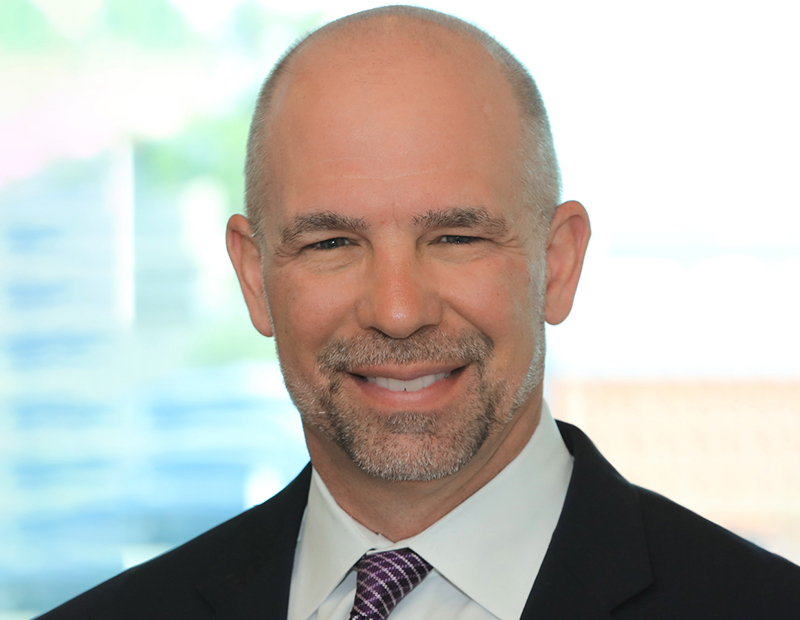

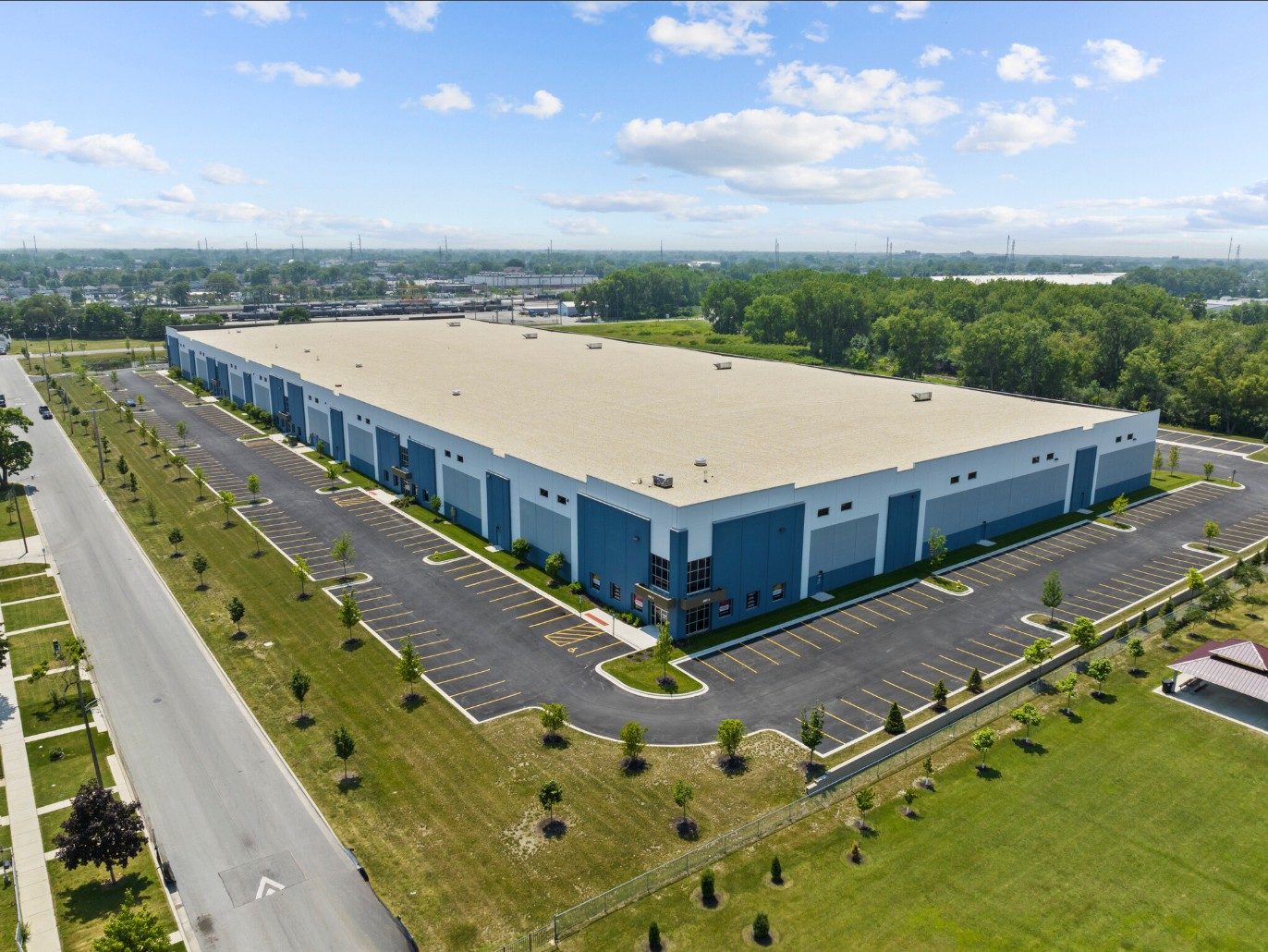

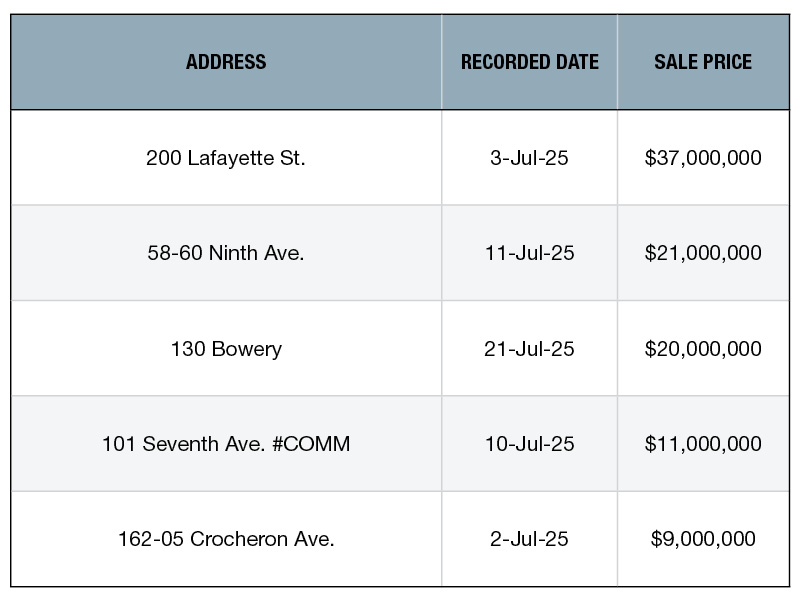
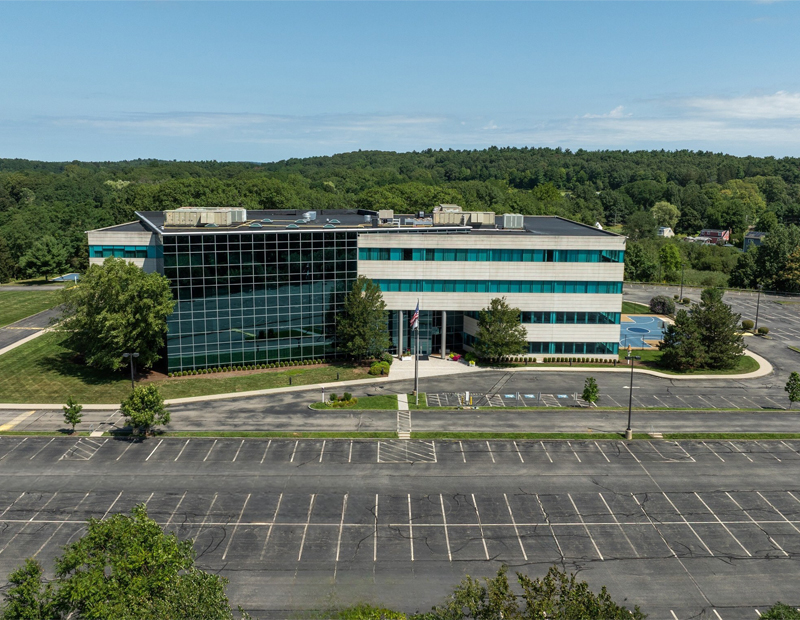
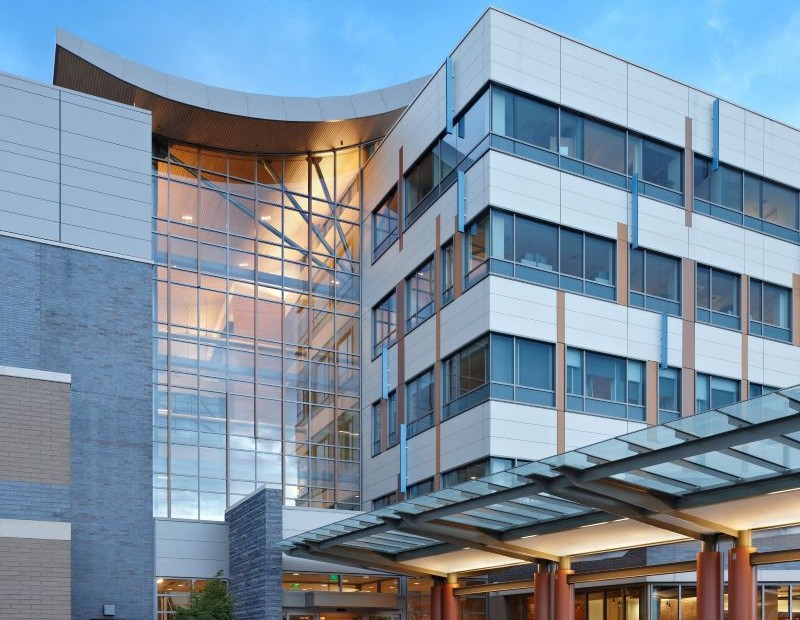
You must be logged in to post a comment.